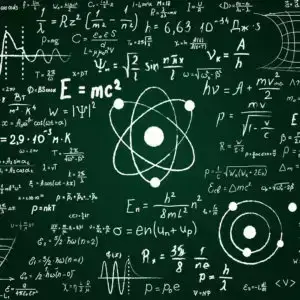Their findings, published in the Journal of Holography Applications in Physics, go beyond simply suggesting that we’re not living in a simulated world like The Matrix. They prove something far more profound: the universe is built on a type of understanding that exists beyond the reach of any algorithm.



The whole concept in quantum mechanics of a particle’s wave function collapsing into a single point due to an observation event is just weird enough, and feels just enough like some otherworldly programmer’s hack to save tons of resources, that I am not sure I will ever be fully convinced that we are not in a simulation.
I’m not asserting that we’re in one, and I don’t know of any reasons to believe that we are in one, but I think I’ll always have that little suspicion.
If you really wanna stop sleeping at night, get this: the human brain’s memory system doesn’t work like we think. There is no recorded data like on a hard drive, every time you remember something you are basically running a simulation in your head of those experiences, and the conditions are managed as associations only. This is why memory is so unreliable.
I will leave it to you to toss and turn and work out what this means for your experience of the universe.
I had this thought ever since i first heard about that in quantum physics that, it must be for resource optimisation.
It’s like foveated rendering for the whole damn universe.
I’d point out that ‘an observation event’ is just hitting one thing with another thing, which is always going to have some kind of effect. And wave-particle duality is probably more of a spectrum than we give it credit for. Particles vibrate constantly and can be easily made to do wave-like things, like resonance. Collapsing a waveform into a particle may be less of a mode or type change and more like putting your finger on a resonating tuning fork.
That’s right about observation events. They are often called interactions instead.
But the wave-particle duality applies to literally everything at the quantum level, per the standard model and quantum field theory anyway. And that’s a model with an incredible track record.
Looking at a particle as a wave is usually in the context of that particle by itself moving in a straight line through a vacuum. There isn’t really vibration and temperature; there aren’t even atoms! You just have the particle’s energy in eV.
Whether we can subjectively compare the packets of energy in quantum fields with the waves of energy through matter, I have no idea. The math is solid though.
Then what would the real world look like, huh?
But if we do discover we are in a simulation, totally hacking that computer…